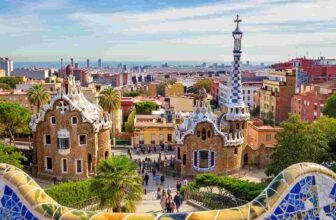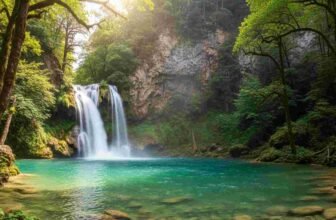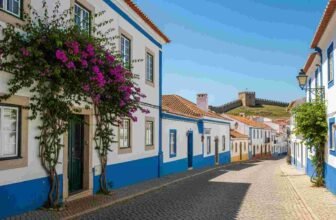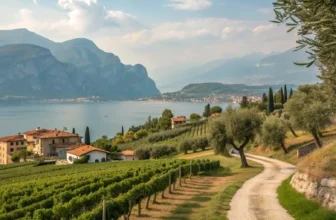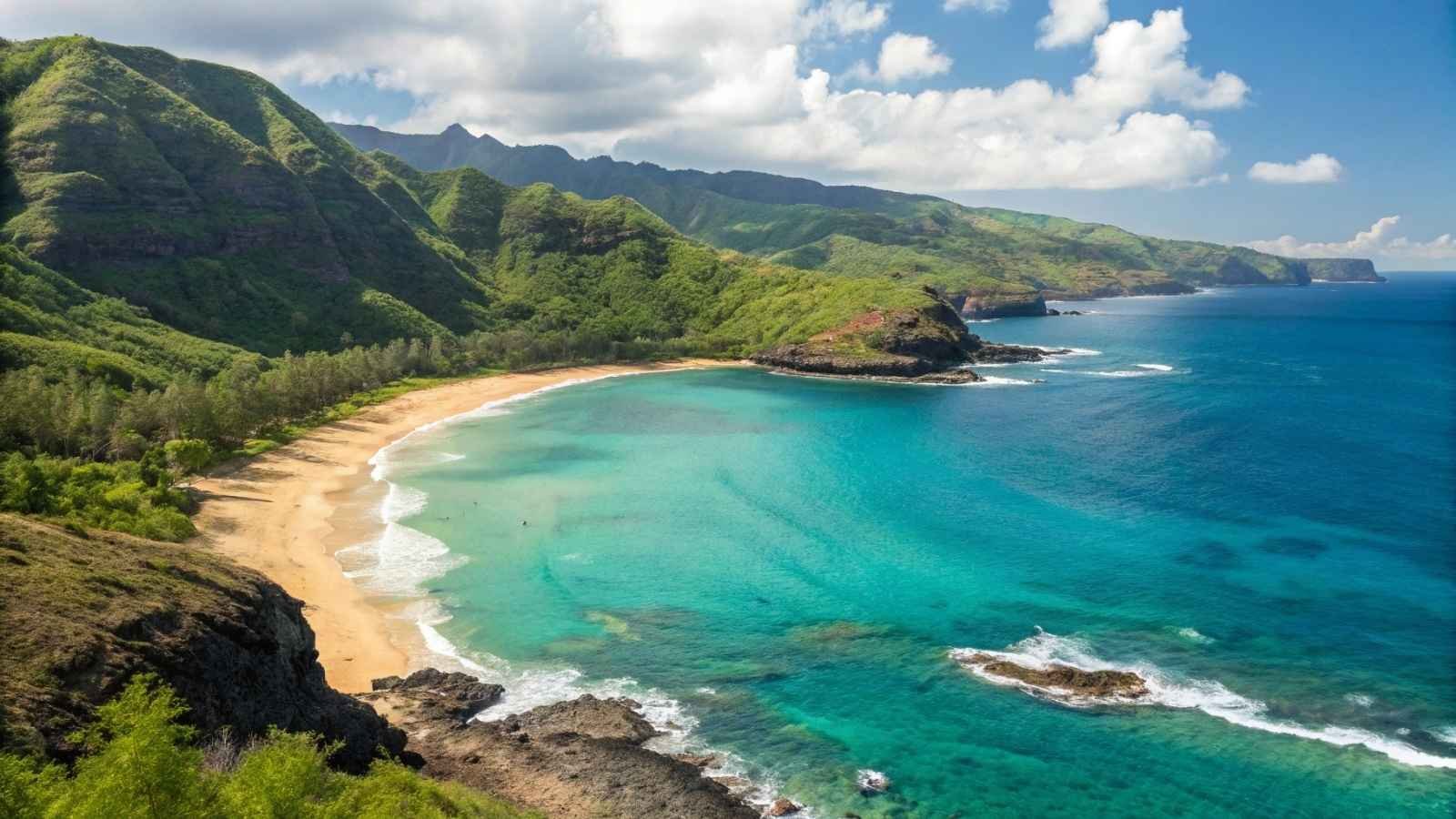
Some places don’t just offer escape — they awaken something deeper. The islands in this guide aren’t just dots on the map; they’re entire worlds of their own, each pulsing with a different rhythm, story, and soul.
Whether you’re craving serenity, cultural connection, raw adventure, or just the feeling of standing somewhere that takes your breath away, the right island can change everything.
Choosing one, though? That’s the hard part. So we’ve done the digging for you — sorting through the stunning, the wild, the peaceful, and the rare — to help you find the island that speaks your language.
1. Maui – The Perfect Blend of Everything
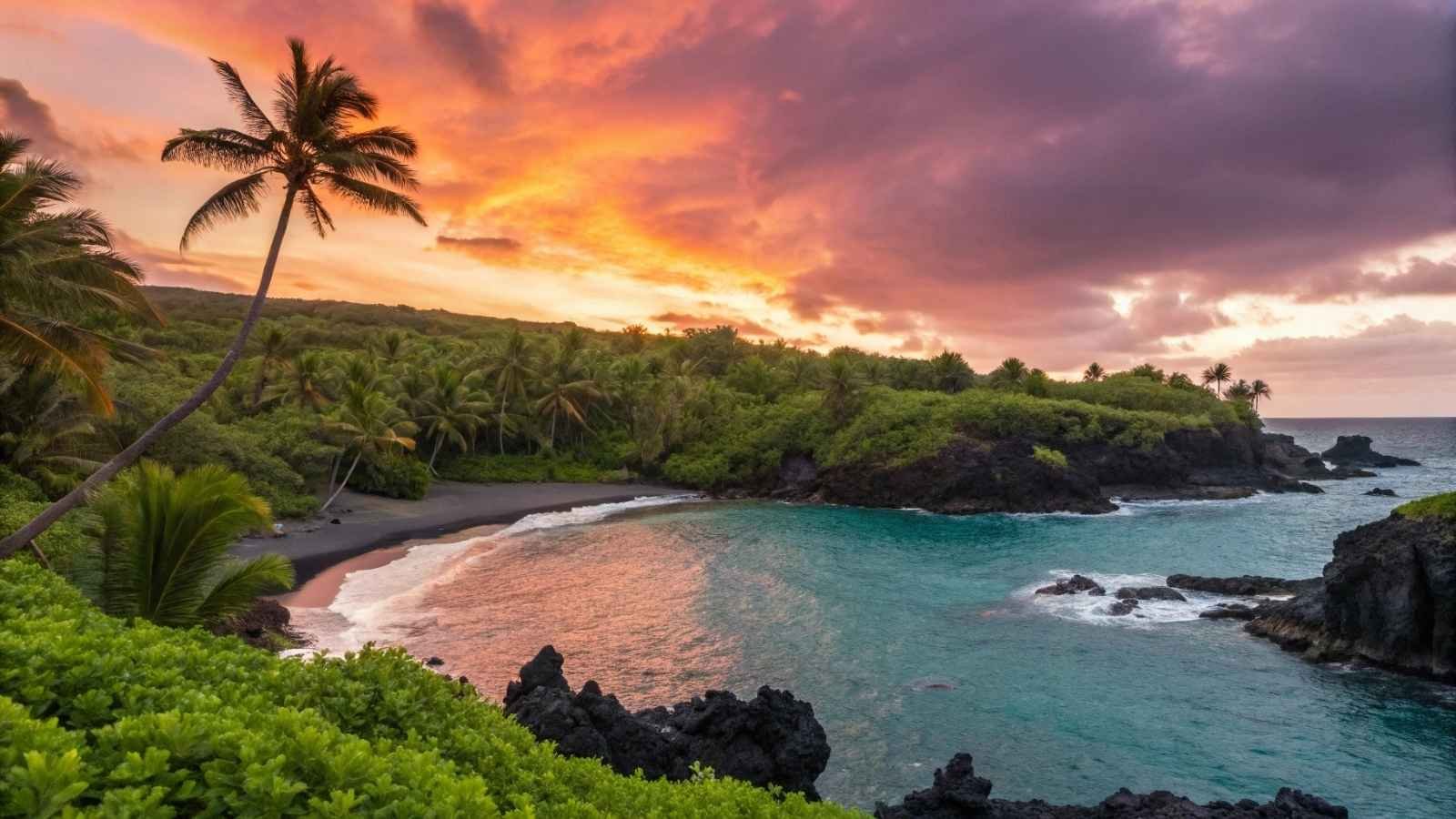
Maui is often dubbed the “best all-around Hawaiian Island,” and for good reason. It’s where luxury meets adventure, relaxation blends with exploration, and stunning beaches are matched by volcanic peaks. From the famous Road to Hana to the breathtaking sunrise at Haleakalā National Park, Maui offers travelers a dynamic experience, whether you’re looking to lounge with a mai tai or hike through cloud forests.
What sets Maui apart is how it balances accessibility with that “getaway” feel. Wailea and Kāʻanapali serve up high-end resorts and perfect beaches, while towns like Pāʻia and Makawao introduce you to the island’s bohemian soul. You can snorkel with turtles in Molokini Crater, take a scenic drive through lush rainforests, or catch humpback whales breaching just offshore during the winter.
While it’s touristy in places, Maui never feels overwhelming. Each part of the island has its own vibe, and the drive times between them are scenic enough to be an experience of their own. Whether you’re a first-timer or a repeat visitor, Maui hits the sweet spot.
Quick Guide:
- Best for: First-time visitors, couples, families, honeymooners
- Best months to visit: April–May and September–October (fewer crowds, great weather)
- Top activities: Road to Hana, Haleakalā sunrise, snorkeling Molokini, whale watching (Dec–Mar)
- Popular towns to stay in: Lahaina, Wailea, Kīhei, Pāʻia
- Downsides: Can be pricey, especially in Wailea; some areas crowded in peak season
2. Oʻahu – Urban Vibes with Natural Wonder
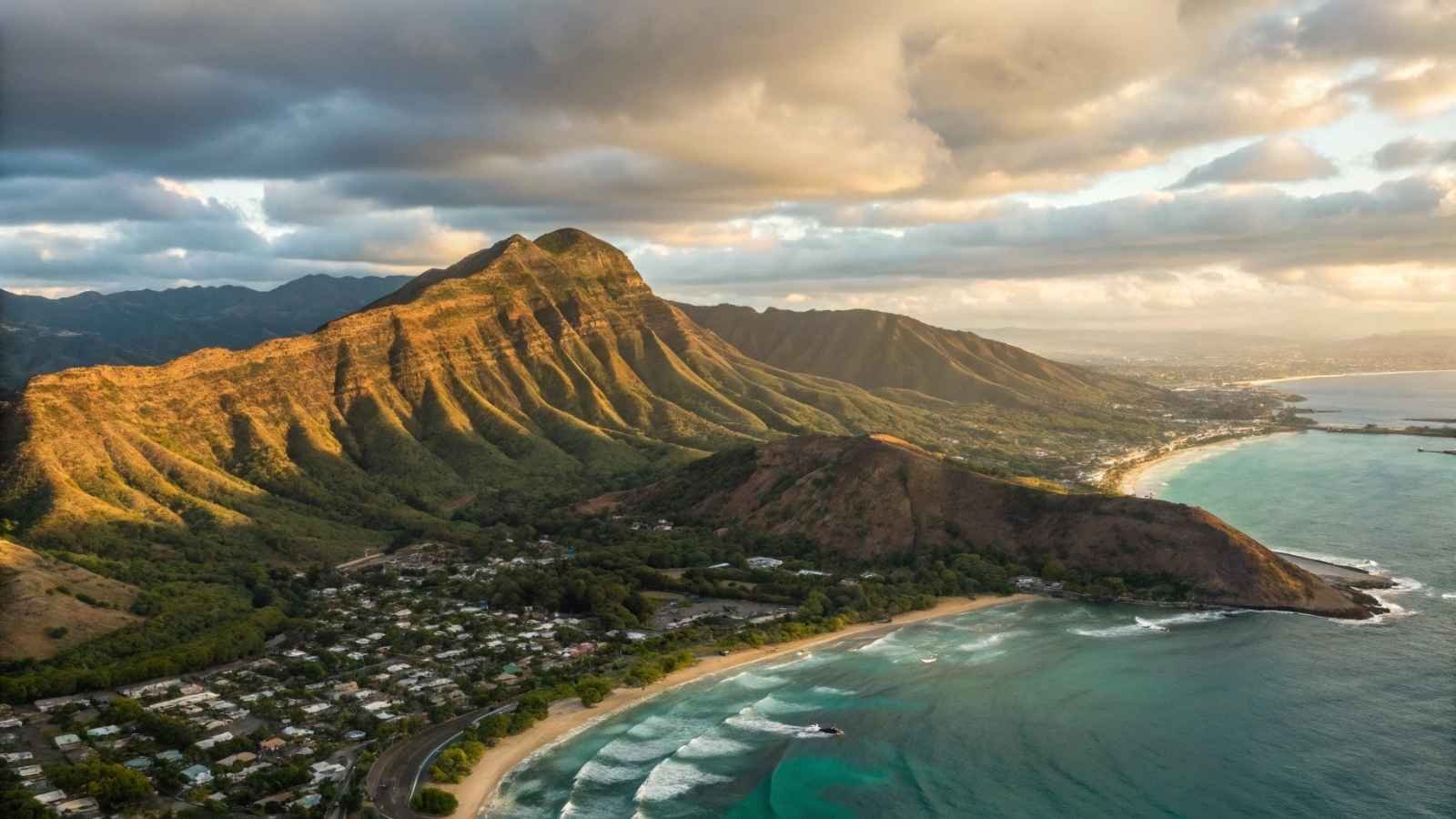
Oʻahu is where Hawaiian culture, modern life, and outdoor adventure collide. It’s home to Honolulu — the only true city in the islands — as well as Waikīkī Beach, world-famous surfing on the North Shore, and iconic landmarks like Pearl Harbor and Diamond Head. It’s busy, yes, but it’s never boring.
What makes Oʻahu special is its diversity of experiences. Want nightlife, shopping, and rooftop bars? You’ll find it. Prefer tranquil hikes, small-town charm, and coral reefs? That’s here too. Drive just an hour from Honolulu and you’re in laid-back surf towns like Haleʻiwa, eating garlic shrimp from a roadside truck and watching sunset over perfect waves.
It’s ideal for people who want the comforts of a city but also want to dip into nature without venturing too far. You can surf in the morning, visit a museum in the afternoon, and hike a crater at sunset — all in one day.
Quick Guide:
- Best for: Culture lovers, foodies, surfers, urban explorers
- Best months to visit: Mid-April to early June, September–mid-December
- Top activities: Pearl Harbor tour, Diamond Head hike, North Shore surf, snorkeling at Hanauma Bay
- Popular areas to stay: Waikīkī, Ko Olina, Kailua
- Downsides: Traffic in Honolulu, more commercial than other islands
3. Kauaʻi – The Garden Island’s Untamed Beauty
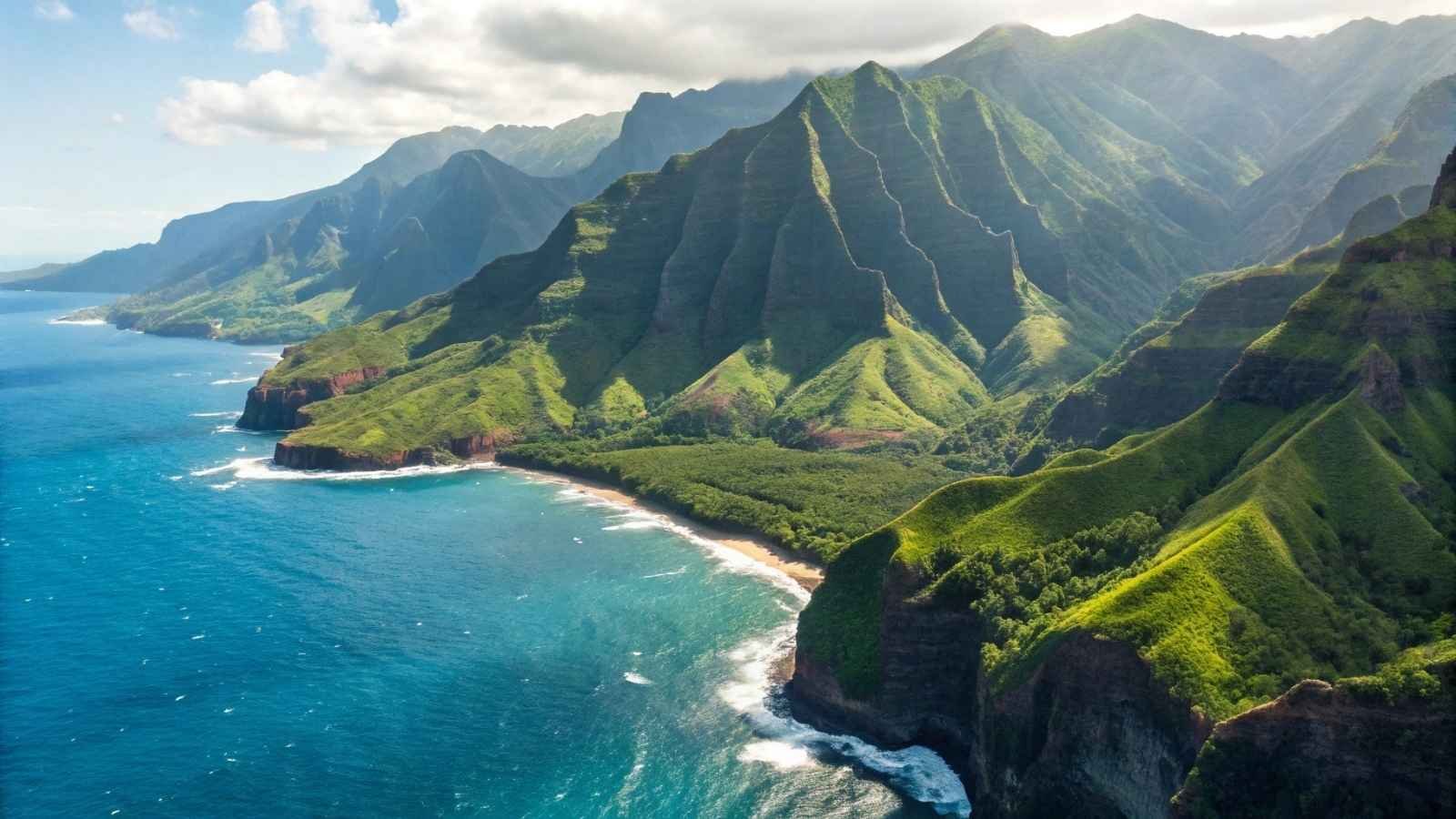
Nicknamed the “Garden Isle,” Kauaʻi is raw, wild, and impossibly green. It feels older, more peaceful, and less polished than Maui or Oʻahu — and that’s exactly what makes it magical. If you’ve ever seen Jurassic Park, chances are you’ve already admired Kauaʻi’s dramatic cliffs and lush valleys on screen.
Nature reigns supreme here. The Nā Pali Coast is one of the most spectacular shorelines in the world — accessible only by boat, foot, or helicopter. Waimea Canyon, often called the “Grand Canyon of the Pacific,” offers sweeping, colorful views. Waterfalls plunge mountainsides, red dirt trails wind through rainforests, and chickens — yes, actual wild chickens—roam freely.
Kauaʻi is perfect for travelers who want to unplug and feel immersed in nature. It doesn’t have the nightlife of Oʻahu or the resort scene of Maui, but that’s not why you come here. You come to breathe deeper, hike farther, and let time slow down a bit.
Quick Guide:
- Best for: Nature lovers, hikers, photographers, serenity seekers
- Best months to visit: April–June and September–November
- Top activities: Nā Pali Coast hike or boat tour, Waimea Canyon, Wailua River kayaking
- Popular areas to stay: Poʻipū (sunny side), Princeville (lush and scenic), Kapaʻa (central access)
- Downsides: More rain (especially in winter), limited nightlife
4. Big Island (Hawaiʻi Island) – Volcanoes, Contrasts, and Cosmic Skies

The Big Island is geologically younger but experientially vast. As the name suggests, it’s big — nearly twice the size of all the other Hawaiian islands combined—and that means it’s packed with diverse landscapes and microclimates. In a single day, you could walk on a black sand beach, explore a lava tube, stargaze atop a snowcapped volcano, and snorkel with manta rays.
One of its main draws is Hawaiʻi Volcanoes National Park, where you can witness active volcanic landscapes and steaming calderas. There’s something incredibly humbling about standing at the edge of Kīlauea, one of the world’s most active volcanoes. The island is also home to Mauna Kea, a sacred and towering peak that offers some of the clearest skies for stargazing on the planet.
Though less polished than Maui or Oʻahu, the Big Island is a powerful destination for adventure seekers and curious minds. It’s not about glamour — it’s about awe.
Quick Guide:
- Best for: Adventurers, geology lovers, stargazers, off-the-beaten-path travelers
- Best months to visit: May–October (drier season)
- Top activities: Volcano exploration, black sand beaches, manta ray night dive, Mauna Kea stargazing
- Popular areas to stay: Kona (sunny coast), Hilo (lush and local), Volcano Village
- Downsides: Long driving distances, less nightlife, cooler at higher elevations
5. Lānaʻi – Private Paradise with Rugged Soul

Lānaʻi is Hawaiʻi’s most exclusive island — a place where luxury coexists with rustic charm. With no traffic lights and only one main town (Lānaʻi City), it offers a kind of quiet luxury that’s hard to find anywhere else. It feels remote, serene, and just a little mysterious.
Once known as the “Pineapple Island” due to its history with Dole plantations, Lānaʻi now caters to high-end travelers seeking privacy, thanks to its Four Seasons resort and secluded beaches like Hulopoʻe Bay. But this island isn’t just for pampered getaways — the backroads are full of surprises, from red-dirt trails to the otherworldly Keahiakawelo (Garden of the Gods).
Lānaʻi is ideal for people who want to disconnect from everything — no crowds, no distractions, just peace and panoramic views. It’s the kind of place where you sit on a bluff, watch the waves roll in, and feel the weight of the modern world fall away.
Quick Guide:
- Best for: Luxury travelers, couples, solitude seekers
- Best months to visit: March–May and September–November
- Top activities: Jeep tours to Garden of the Gods, snorkeling at Hulopoʻe Bay, and Shipwreck Beach
- Popular areas to stay: Lānaʻi City or Four Seasons Resort
- Downsides: Limited dining and activity options, no direct flights from the mainland
6. Molokaʻi – Where Culture Lives Loudest
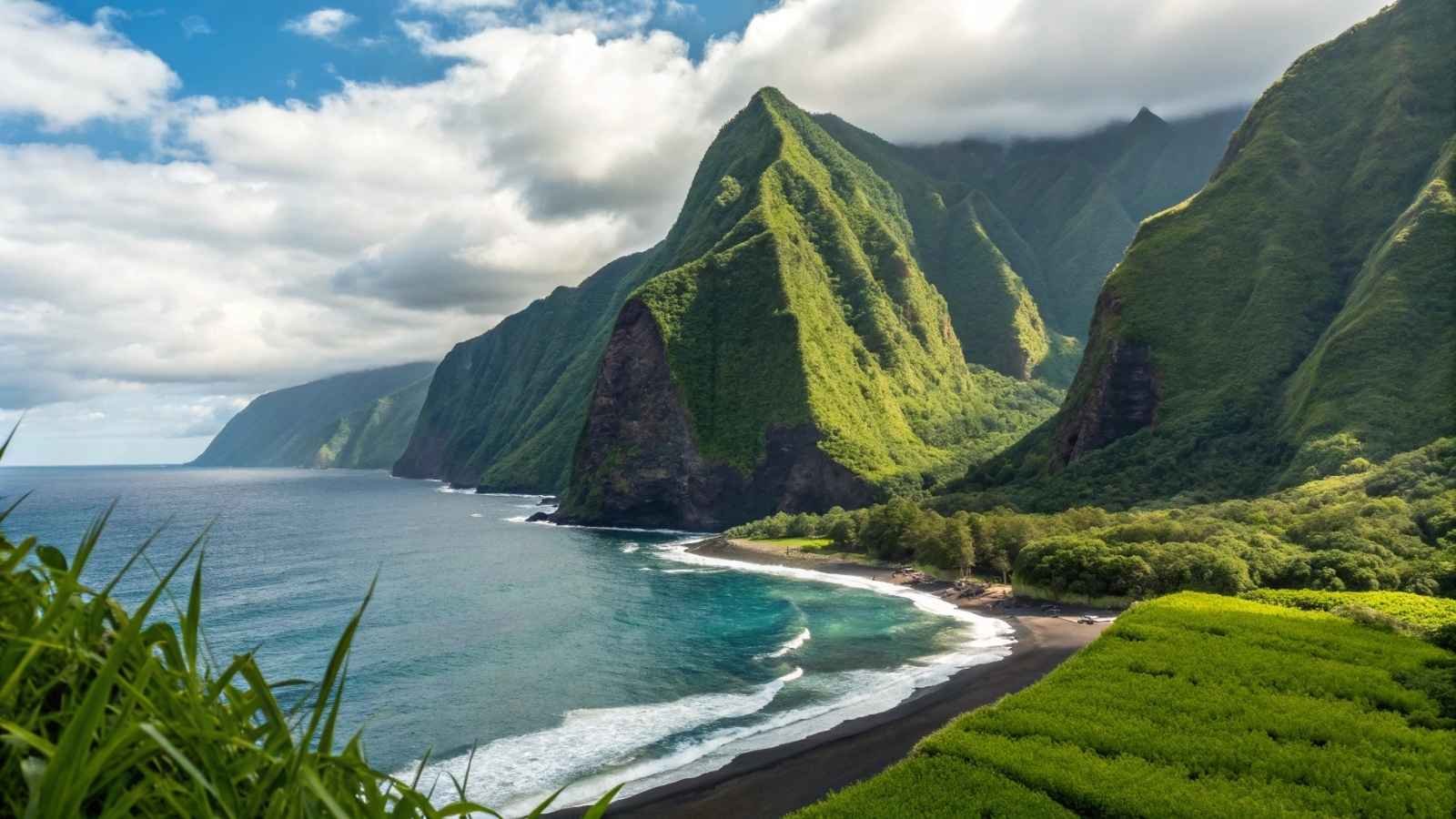
Molokaʻi is the island where Hawaiʻi’s true cultural heartbeat still pulses. There are no mega-resorts, no fast food chains, and very few tourists — and that’s exactly the point. This island embraces traditional Hawaiian ways of life and offers an incredibly authentic experience that’s deeply rooted in the land and its people.
You’ll find cliffs taller than the Grand Canyon at Kalaupapa, quiet beaches you’ll likely have all to yourself, and locals who still fish, farm, and speak Hawaiian. The pace is slow — gloriously so — and if you’re looking to disconnect and learn from the culture rather than just observe it, Molokaʻi will leave a lasting imprint.
That said, this island isn’t for everyone. It’s not designed to entertain. It invites you to listen, to learn, and to respect. Visitors who come with open minds and open hearts often find it to be one of the most meaningful stops in Hawaiʻi.
Quick Guide:
- Best for: Cultural travelers, peace seekers, slow travelers
- Best months to visit: April–June, September–November
- Top activities: Kalaupapa mule ride or hike, Halawa Valley tour, Papohaku Beach
- Popular area to stay: Kaunakakai
- Downsides: Limited amenities, no nightlife, some areas only accessible via tour
7. Niʻihau – The Forbidden Island
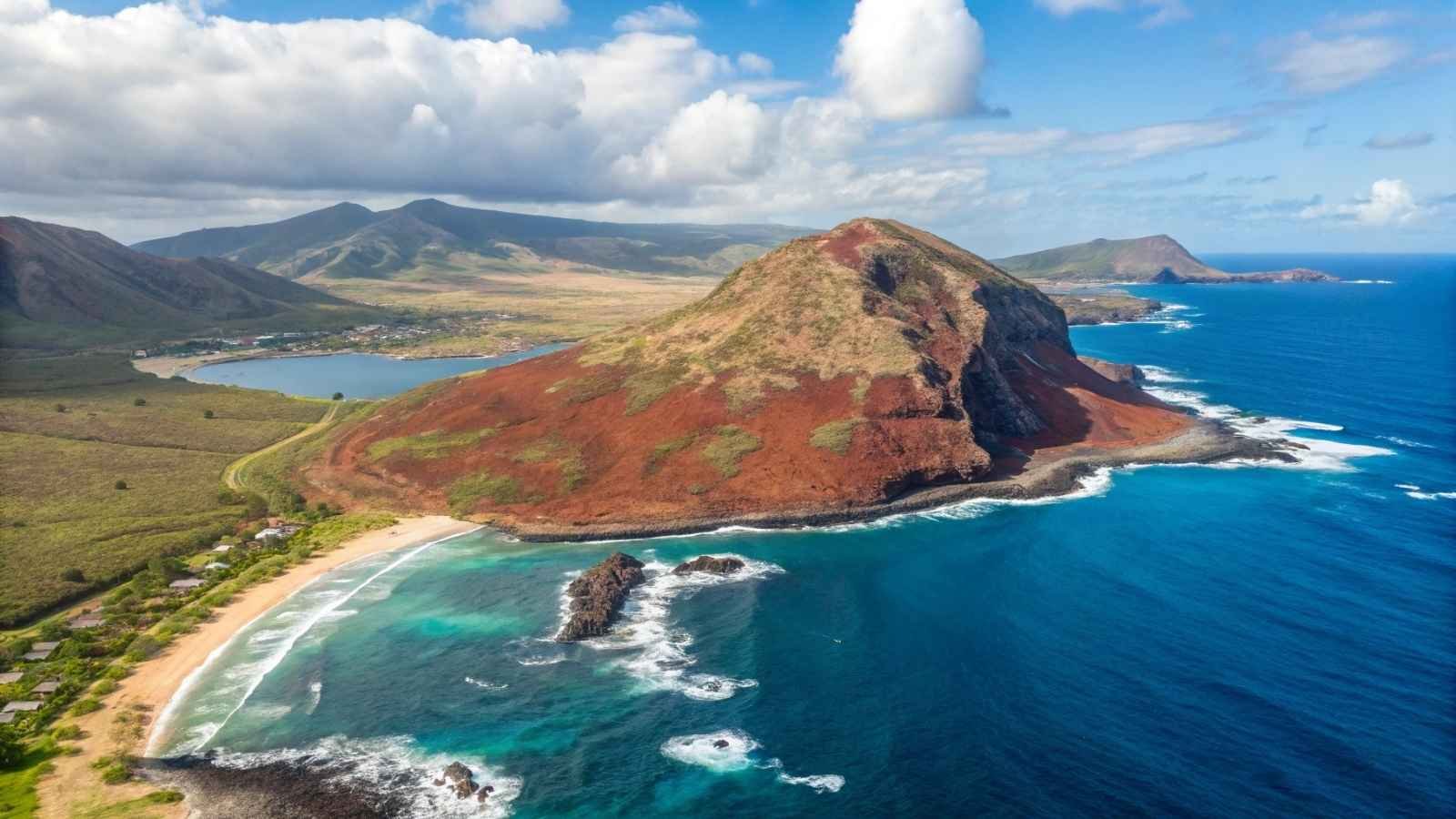
Niʻihau is more legend than vacation destination. Often called the “Forbidden Island,” it’s privately owned and largely off-limits to the public. Around 70 native Hawaiians live here, maintaining a deeply traditional lifestyle, speaking Hawaiian, and living without electricity or paved roads.
Access is highly restricted, though limited helicopter and snorkeling tours from nearby Kauaʻi give rare glimpses of the coast. For most travelers, Niʻihau is more of a curiosity than a destination, but its role in preserving the Hawaiian language and culture is both powerful and poignant.
It’s a reminder that not every island is meant to be explored by outsiders — and sometimes, respect looks like staying away.
Quick Guide:
- Best for: Cultural history buffs, adventurous snorkelers
- Best months to visit: Year-round (tour weather dependent)
- Top activities: Snorkeling tours, aerial views from a helicopter
- Popular access point: West side of Kauaʻi
- Downsides: No accommodations, no independent access
8. Kahoʻolawe – Sacred, Scarred, and Healing
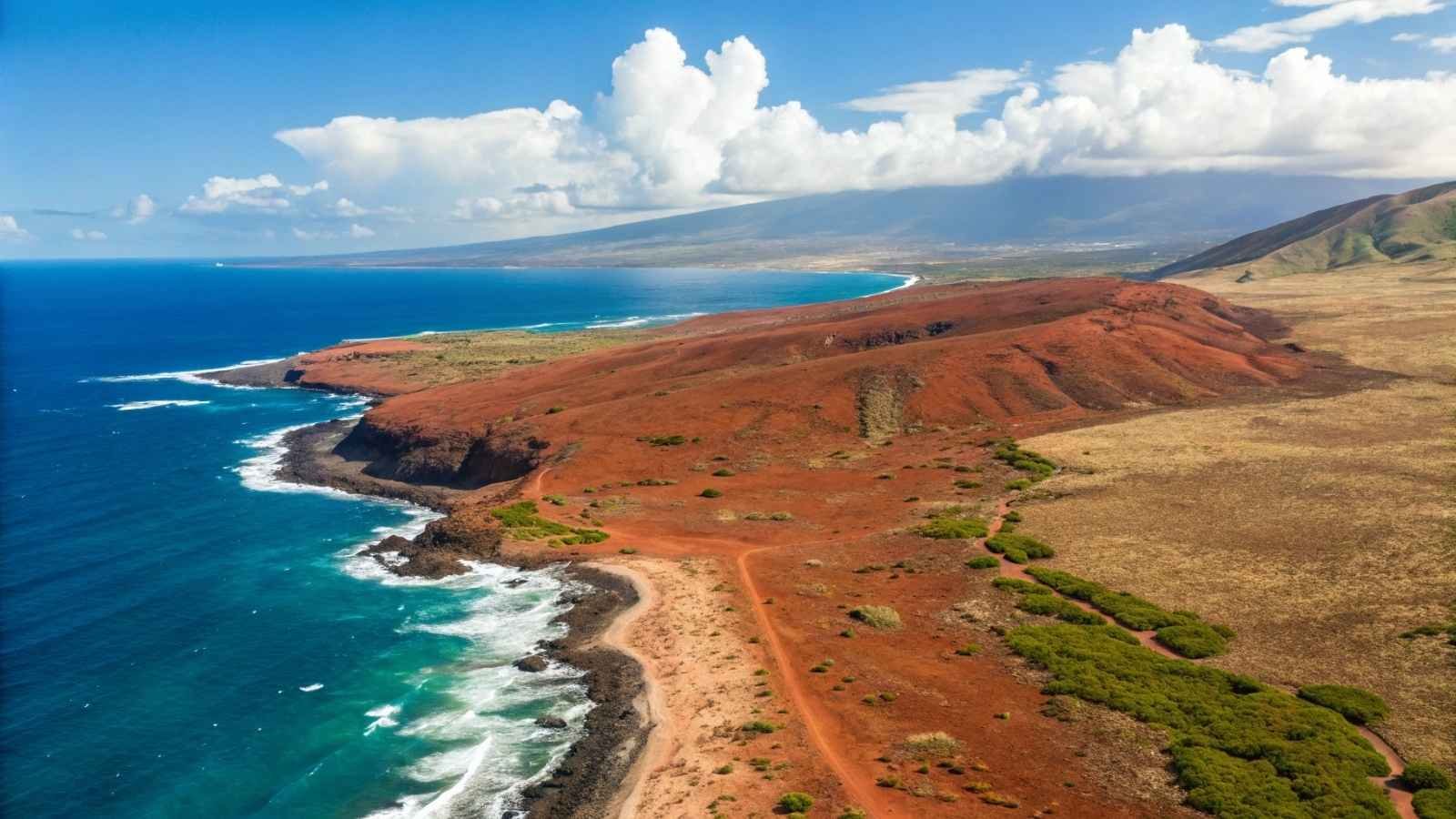
Kahoʻolawe is Hawaiʻi’s uninhabited island of spiritual significance. Once used as a bombing range by the U.S. military, the island is slowly recovering through passionate efforts by Hawaiian organizations focused on restoration and cultural reconnection.
While public access is prohibited except through volunteer or educational programs, the island plays a key role in Hawaiian cultural identity. It’s not a place for tourism, but its story deserves mention — Kahoʻolawe is about resilience, reclamation, and healing.
For travelers seeking depth and meaning, learning about Kahoʻolawe can enrich their overall understanding of Hawaiʻi beyond beaches and sunsets.
Quick Guide:
- Best for: Cultural awareness, conservation volunteers
- Best months to visit: Not applicable for tourism
- Top activities: Cultural education, volunteer trips (by approval only)
- Popular access point: Maui (for cultural programs)
- Downsides: No visitor infrastructure, no commercial access
9. Molokini – A Snorkeler’s Dream Crater

Shaped like a crescent moon, Molokini is a partially submerged volcanic crater off the coast of Maui, and it’s one of the most iconic snorkeling spots in all of Hawaiʻi. While it’s not inhabited — or even much above sea level — its coral reef system hosts hundreds of species of fish, many of them found nowhere else.
It’s usually accessed by boat tours from Maui, and the water clarity here is almost otherworldly. Visibility often exceeds 100 feet, making it a favorite for underwater photographers and curious swimmers alike.
It’s not an “island” you explore on foot — but if your version of exploring involves a mask, fins, and maybe a GoPro, Molokini is paradise found.
Quick Guide:
- Best for: Snorkelers, divers, marine life lovers
- Best months to visit: May–September (calmest seas)
- Top activities: Snorkeling, scuba diving, boating tours
- Popular access point: Māʻalaea or Lāhainā harbors (Maui)
- Downsides: Can get crowded with tour boats, no land access
10. Lehua – Nature’s Quiet Sanctuary
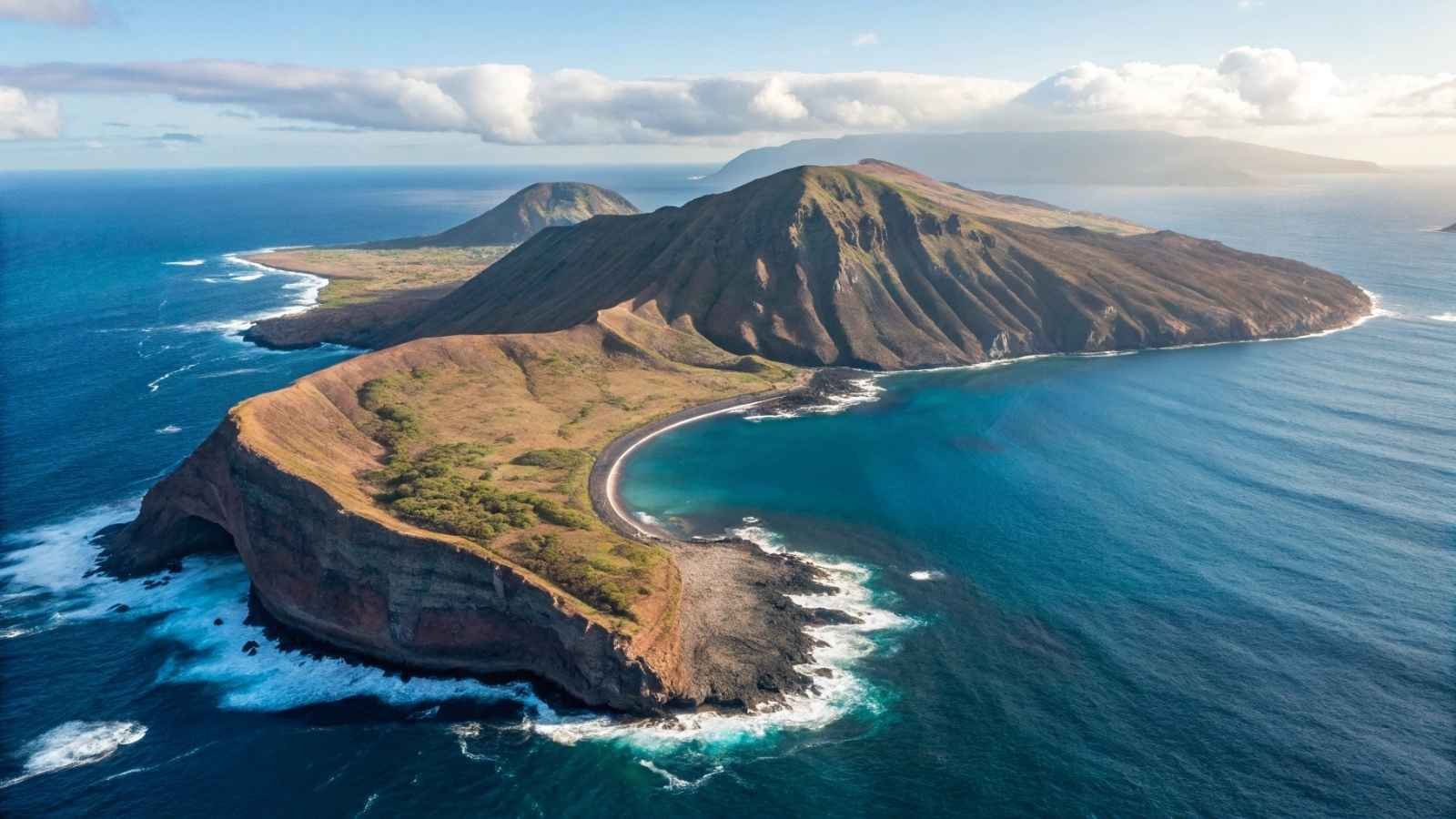
Lehua is a tiny, uninhabited crescent-shaped islet just north of Niʻihau. It may not appear on every map, but it’s a protected seabird sanctuary and one of the lesser-known snorkeling gems in the Hawaiian chain. It’s rugged, remote, and often only visited as part of eco-tours.
Lehua is ideal for those who value quiet, wild beauty and don’t mind sacrificing convenience for serenity. There’s no place to dock or stay, and its cliffs can only be admired from the water. What it lacks in comfort, it makes up for in rare wildlife encounters and pristine waters.
It’s the kind of place that reminds you how small you are — in the best way.
Quick Guide:
- Best for: Bird watchers, snorkelers, and marine life tours
- Best months to visit: June–September (calmest conditions)
- Top activities: Wildlife viewing, snorkeling
- Popular access point: West Kauaʻi boat tours
- Downsides: No facilities or land access, weather-dependent tours
11. Kaʻula – Mysterious and Off-Limits
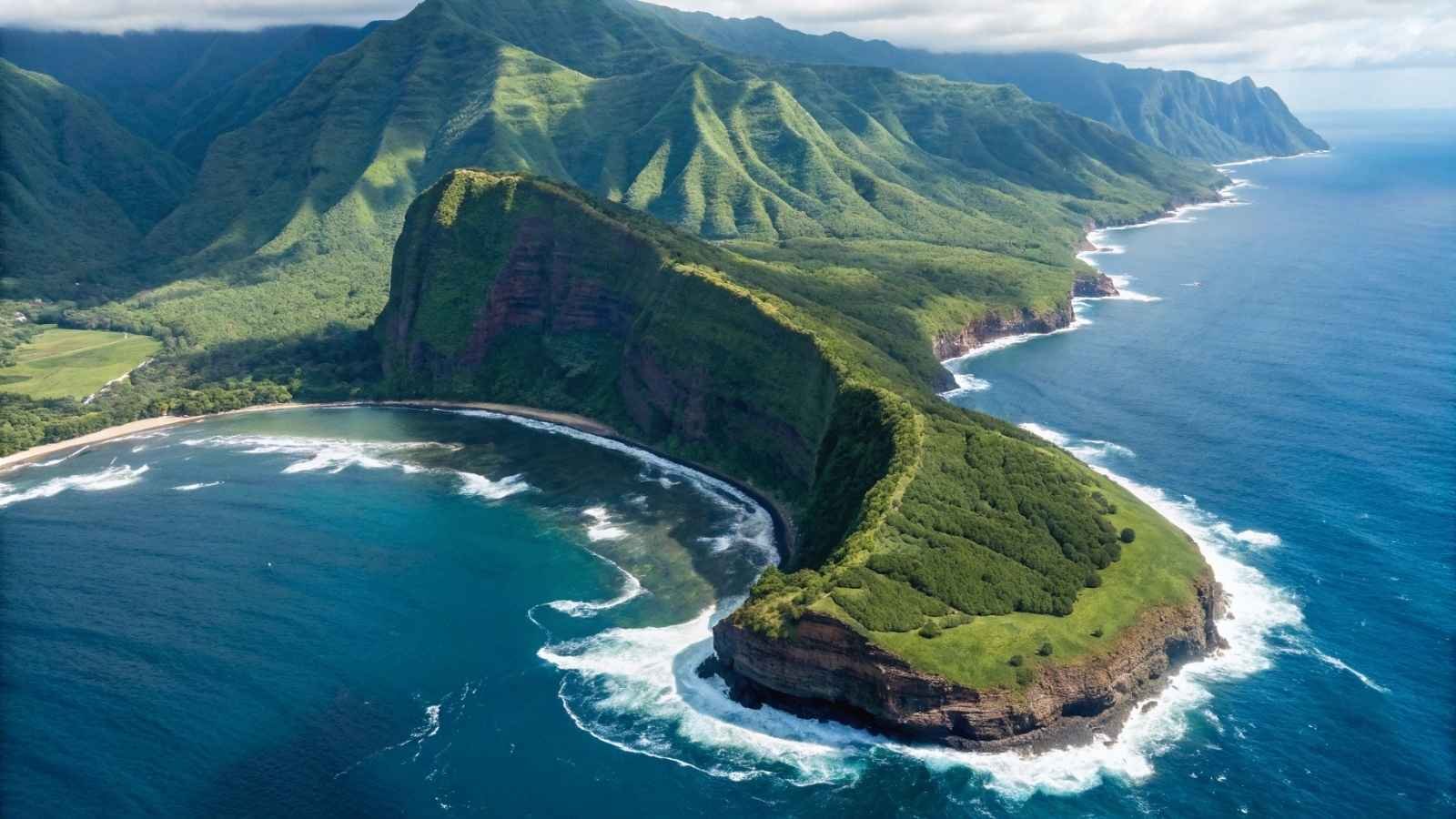
Kaʻula is the least accessible of all the Hawaiian Islands — a jagged, rocky islet southwest of Niʻihau with no permanent population and an eerie beauty all its own. The island is a former military target site and remains off-limits to the public, adding an air of mystery to its profile.
Though you can’t land there, some boat tours and aerial flights pass by it en route to nearby locations. From the sea, its black cliffs and crashing waves evoke a primal energy. For most, Kaʻula is more symbol than destination, but still a compelling part of Hawaiʻi’s island story.
Quick Guide:
- Best for: Scenic overflights, military history enthusiasts
- Best months to visit: Not accessible — boat viewings are possible year-round
- Top activities: Aerial or distant boat views
- Popular access point: West Kauaʻi coast
- Downsides: No public access, not a visitor destination


